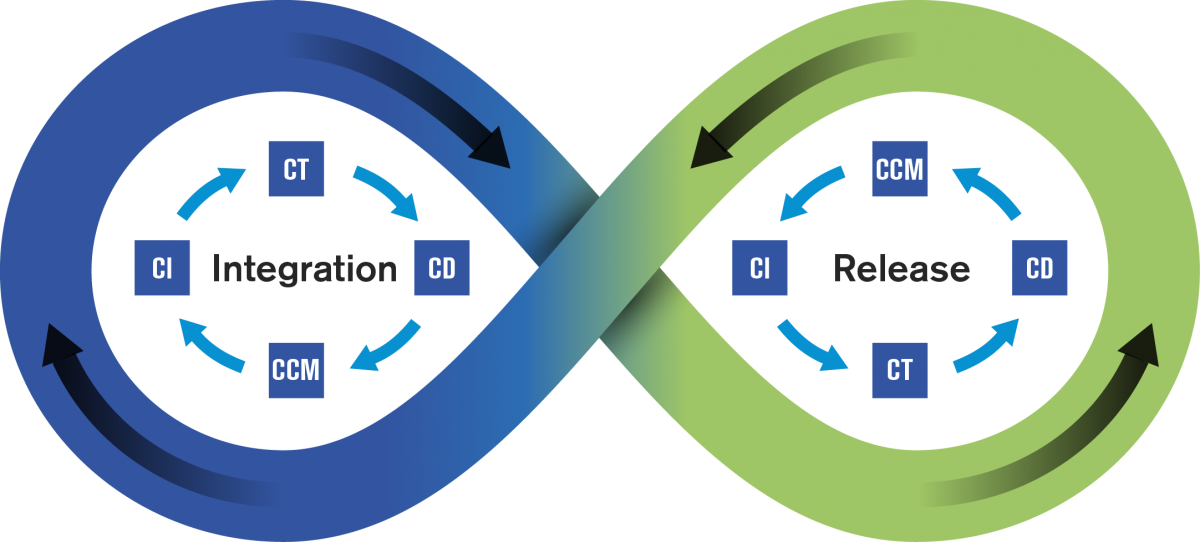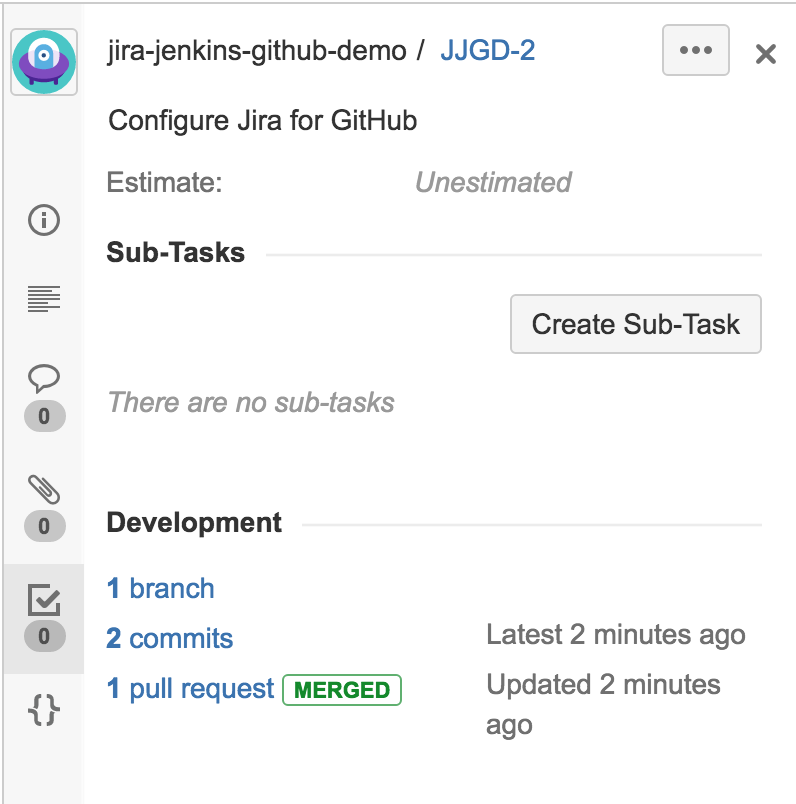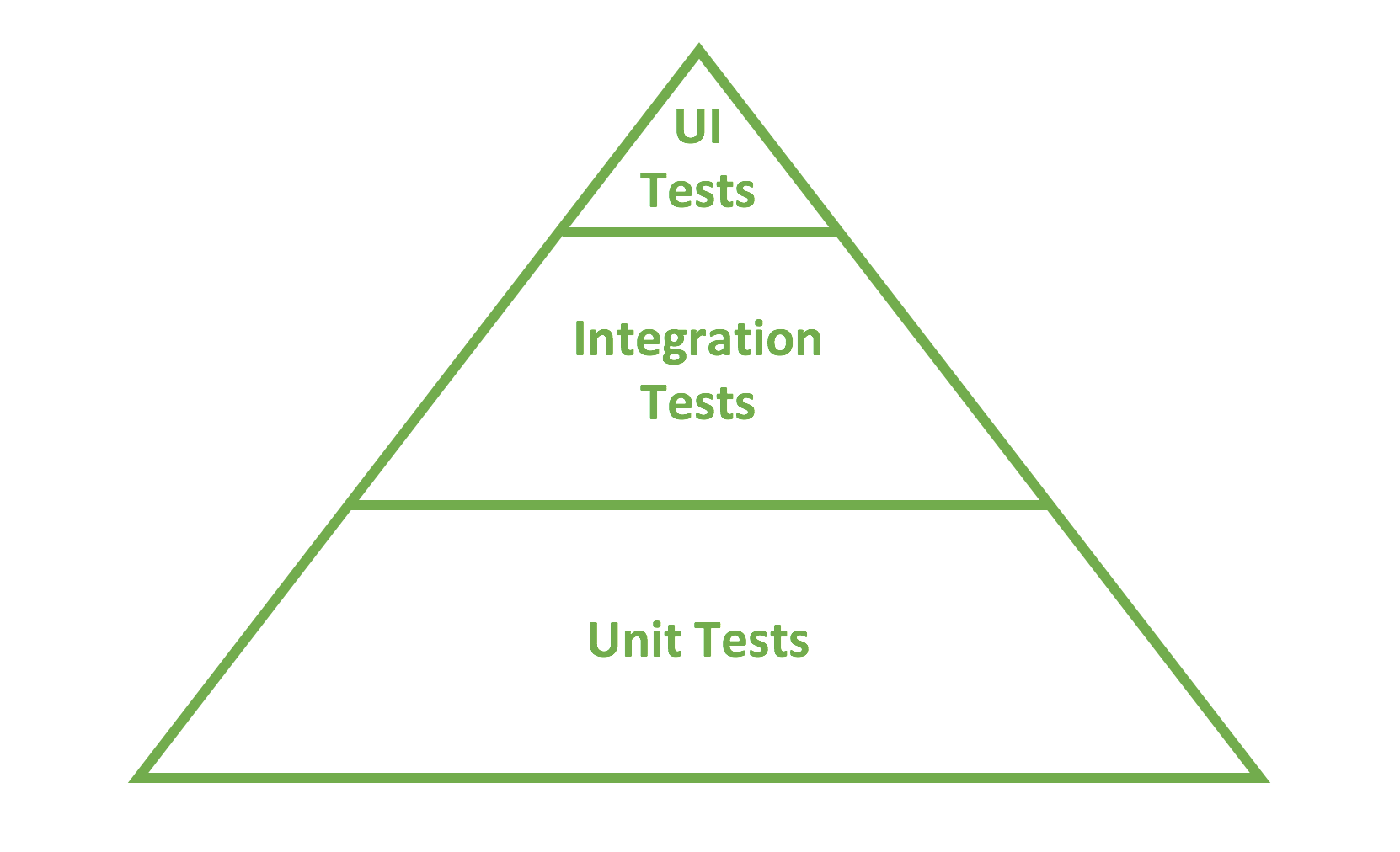Applications running in production, test, and development environments produce massive files filled with endless lines of text in the form of log files. Mining the data available in these files manually is a daunting, nearly impossible, effort. This is where log management tools come into play. The two most popular are Splunk and the Elastic Stack. Both solutions are excellent options, with each having their own pros and cons; this article makes no claims as to which tool is best for your organization, as there are simply too many variables to be taken into consideration to make a blanket statement of one being better than the other.
Paul Friedman
Recent Posts
Getting Started with the Elastic Stack
Jul 27, 2017 8:27:00 AM / by Paul Friedman posted in DevOps, Development, Architecture, Modernized Technology, Elastic Stack
An Overview of Agile Team Design
Jun 16, 2017 12:39:00 PM / by Paul Friedman posted in Agile, Agile Team Design
Transforming to an agile software delivery model is filled challenging, especially when you are working in an organization of a large scale. In large organizations, one of the most common practices to improve efficiency is to build an organization of specialists. Every specialist knows how to get their specific tasks done in the best way possible. Additionally, large companies typically have very large and complex software architectures for their systems. Between the specialists and the complex architectures, getting the entire solution delivered can be inefficient since it takes so much planning, effort, money, and time to get anything delivered.
The most intrusive inefficiency with these organizational models is that they are not designed with support for natural delivery flow.
Because of this, when transforming to a scaled agile model, there are specific guiding principles that can help determine the best organizational design to make your move to agility most effective. If planned and implemented properly, this agile transition will allow you to get the most business value delivered.
In order of importance, these principles are:
How to Make Your Scrum Master Happy Using JIRA Integrations
Aug 3, 2016 11:15:59 AM / by Paul Friedman posted in Agile, JIRA, Scrum, GitHub, Continuous Integration, Atlassian, Jenkins
Have you ever had your scrum master ask you, "what is going on with that story?" As somebody that has assumed virtually every role possible on an Agile team over the course of my career, I can assure you that I have heard it many times, and I'm sure you have too. Certainly there are many ways to answer this question, but in my opinion, the best way is to make it possible for your scrum master to find the answer for themselves, using the teams primary tool, JIRA. In this article, I explain how you can make your scrum master happy by configuring your developer's primary tools, Jira, GitHub, and Jenkins to play nicely together and update JIRA stories with all of the information that your scrum master wants to see. So let's get started.
High Code Coverage Means You Have Quality Tests, Right? Wrong!
Jul 6, 2016 8:00:57 AM / by Paul Friedman posted in Agile Testing, Code Coverage, Unit Testing, Modernized Technology, Software Delivery, high code coverage
In Agile Testing, you want to adhere to the testing pyramid when designing your automated tests. For this discussion, I will be focusing on the bottom tier of the pyramid, Unit Tests, where you want to have the largest percentage of your tests.










